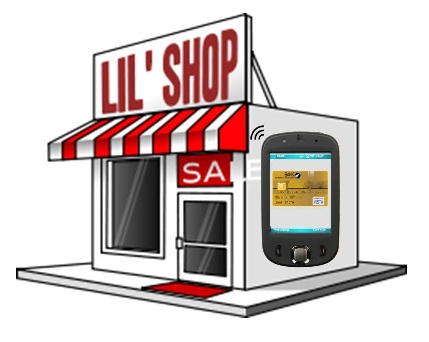 Blinkbox sees business from mobile platforms spike
Blinkbox sees business from mobile platforms spike
Blinkbox, a video-on-demand service based in the United Kingdom, has reported that its sales through mobile devices from November to December 2012 jumped 180%. The service is very similar to that of Netflix, but more accommodating to mobile devices, such as smart phones and tablets. In the United Kingdom, Blinkbox has become a very popular service for mobile consumers, many of whom use the service to watch videos while they are traveling or away from home for any extended period of time.
Tablets and game consoles lead to surge in sales
Blinkbox notes that the surge in mobile sales it has seen recently come from a mix of devices, including smart phones, tablets, and game consoles. While the company attributes a significant amount of success to its appeal to smart phone owners, Blinkbox notes that its recent surge is largely due to the rising availability of tablets and game consoles.
Blinkbox able to beat out competitors
During the 2012 holiday season, Blinkbox saw a major influx of new customers. This is likely due to the fact that many people got tablets and new gaming consoles during this time of year as presents. Blinkbox had also instituted several innovative incentives to help attract new users, many of which were greatly successful. The company notes that was able to beat out competitors because it offered access to many of the most recent movies to be released, whereas Netflix users would have to wait months before gaining access to these titles.
Initiatives prove successful for Blinkbox
Last year, Blinkbox launched the Movie Mondays initiative, which gives users a chance to purchase on-demand videos at a significantly lower rate than usual. Blinkbox has recently announced its partnership with Papa John’s Pizza, which will be providing a large pizza at the same rate as Movie Monday videos. This is another incentive designed to attract new customers, as well as retain those that Blinkbox has already managed to capture.
 Small business payment processing company Electronic Commerce International urges small businesses to pay heed to mobile commerce choices and to embrace mobile payments from customers.
Small business payment processing company Electronic Commerce International urges small businesses to pay heed to mobile commerce choices and to embrace mobile payments from customers.
Fighting big business
One thing all small businesses have in common is the need to compete with larger businesses. Small business owners not only have to compete, but they also have to stay up on the latest trends and embrace what may be coming next or be left behind. Analyst at Yankee Group believe that small businesses that start using mobile payments are going to stay relevant. In fact, they believe that this should be an obvious move for small business entities.
Point of sale mobile commerce is predicted to be a huge trend for the year 2013. Smartphone users have options from the likes of Visa and PayPal that allow them to use their smartphone instead of cash or a credit card when making purchases in retail locations. Not everyone believes in the next boom being in mobile commerce, however, with Gartner predicting on 2% saturation in the market for mobile payments. However, having the ability to accept the technology can never be a bad thing as long as costs are low.
Proof is in the pudding
There are some doubts as to the projection of mobile payments in 2013 and beyond, but Jim Anderson, CEO of Electronic Commerce International reports that a full 20 percent of holiday sales for 2012 were done via mobile payments. These payments are no longer a novelty, but are becoming more of the normal way that some prefer to shop. Small businesses that accept mobile commerce payments can stay ahead of the curve.
Companies like Visa, MasterCard, and many financial institutions with large customer bases are said to be the leaders in mobile payments in the coming year. PayPal already has a program in place and is expected to handle 10 billion dollars in transactions in the coming year from mobile payments alone. Others, like Apple, have not added the functionality to new devices which may put a dent in the predictions for mobile commerce in general. However, Apple accounts for a small percentage of smartphone sales leaving a broader segment of users with the ability to start using the technology.
 Blinkbox sees business from mobile platforms spike
Blinkbox sees business from mobile platforms spike
 Small business payment processing company Electronic Commerce International urges small businesses to pay heed to mobile commerce choices and to embrace mobile payments from customers.
Small business payment processing company Electronic Commerce International urges small businesses to pay heed to mobile commerce choices and to embrace mobile payments from customers.